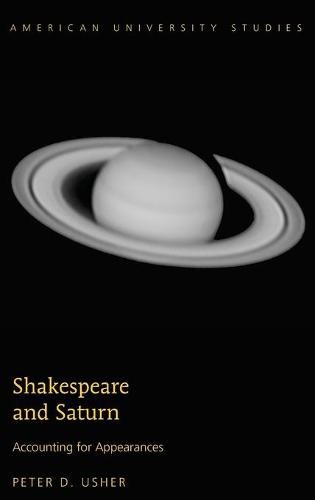Readings Newsletter
Become a Readings Member to make your shopping experience even easier.
Sign in or sign up for free!
You’re not far away from qualifying for FREE standard shipping within Australia
You’ve qualified for FREE standard shipping within Australia
The cart is loading…






This title is printed to order. This book may have been self-published. If so, we cannot guarantee the quality of the content. In the main most books will have gone through the editing process however some may not. We therefore suggest that you be aware of this before ordering this book. If in doubt check either the author or publisher’s details as we are unable to accept any returns unless they are faulty. Please contact us if you have any questions.
In the mid-sixteenth century, Copernicus asserted that the Earth was not the center of the universe as was generally believed, but that the sun lay there instead. The relegation of the Earth to the rank of an orbiting planet meant that humankind lost its privileged position as well, thus prompting re-evaluation of all facets of human existence. This transformation in worldview gathered momentum throughout Shakespeare’s writing career, yet his canon appears to lack reference to it. Peter D. Usher has studied Hamlet and other Shakespearean plays and has uncovered a consistent pattern of reference to phenomena that prove the correctness of the new worldview, including reference to the infinite universe of stars. These data could not have been known without telescopic aid, which indicates that systematic telescopic study of celestial objects began before the generally accepted date of 1610. In Shakespeare and Saturn, Usher summarizes earlier results and shows that in All’s Well That Ends Well, Shakespeare takes account of the last supernova eruption of 1604 known to have occurred in the Milky Way galaxy. He shows further that in Much Ado About Nothing and The Comedy of Errors Shakespeare makes observations concerning Saturn’s spectacular ring system that are remarkably accurate.
$9.00 standard shipping within Australia
FREE standard shipping within Australia for orders over $100.00
Express & International shipping calculated at checkout
This title is printed to order. This book may have been self-published. If so, we cannot guarantee the quality of the content. In the main most books will have gone through the editing process however some may not. We therefore suggest that you be aware of this before ordering this book. If in doubt check either the author or publisher’s details as we are unable to accept any returns unless they are faulty. Please contact us if you have any questions.
In the mid-sixteenth century, Copernicus asserted that the Earth was not the center of the universe as was generally believed, but that the sun lay there instead. The relegation of the Earth to the rank of an orbiting planet meant that humankind lost its privileged position as well, thus prompting re-evaluation of all facets of human existence. This transformation in worldview gathered momentum throughout Shakespeare’s writing career, yet his canon appears to lack reference to it. Peter D. Usher has studied Hamlet and other Shakespearean plays and has uncovered a consistent pattern of reference to phenomena that prove the correctness of the new worldview, including reference to the infinite universe of stars. These data could not have been known without telescopic aid, which indicates that systematic telescopic study of celestial objects began before the generally accepted date of 1610. In Shakespeare and Saturn, Usher summarizes earlier results and shows that in All’s Well That Ends Well, Shakespeare takes account of the last supernova eruption of 1604 known to have occurred in the Milky Way galaxy. He shows further that in Much Ado About Nothing and The Comedy of Errors Shakespeare makes observations concerning Saturn’s spectacular ring system that are remarkably accurate.